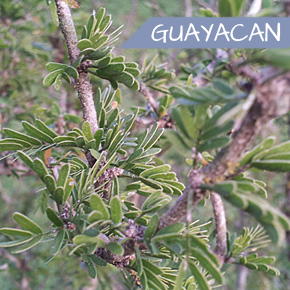Want a landscape as distinctive as you are? These unique natives can be a challenging to find, but they’re well worth the search.
In my previous article, I highlighted useful evergreen natives that could be maintained as hedgerows and box shrubs — as sexy substitutes for the cookie-cutter Burford hollies and ligsutrums that make up the instant landscape of new suburbs.
Here’s an addendum to that list — and a bit of a wish list — as, unlike last week’s selections, these terrific south Texas natives plants can still be hard to find for sale, even at native vendors.
Fortunately, growers in the Hill Country and far south Texas are beginning to produce some of these cutting-edge “new natives.”
Mexican silktassel
An excellent native screen or hedge for thin, well-drained alkaline soils, silktassel grows as a delicate shrub in shade, but more densely in full sun. Like evergreen sumac, mountain laurel and Carolina laurel, it’s a great alternative for cookie-cutterphotinias and ligustrums.
Texas Torchwood
For fans of boxwood, torchwood is a native that can grow big enough to screen a six-foot fence line. It can still be hard to source in the nursery trade, but look for it in the Rio Grande Valley. The San Antonio Botanical Garden has also offered torchwood at their own plant sales for years. Torchwood grows well in sand or clay, and does well in bright shade with or without water. Although it’s fairly slow-growing, this native grows up into a perfect evergreen meatball that would do any HOA proud.
Limoncillo
Another South Texas rarity that deserves a bigger following, it is occasionally seen at native plant growers in the Rio Grande Valley. Also known as jopoy, limoncillo looks like a big tangerine or citrus. Native to the highlands of Mexico and resacas around Brownsville, this would make a nice, orchard-style evergreen edge. Plus, limoncillo is a terrific thorn-less shrub!
Sierra Madre torchwood
Densely branched and hedge-like, this mountain torchwood provides an attractive, drought-hardy selection somewhat more upright than the closely related Texas torchwood. A few specimens have been found along the Rio Grande, so technically it’s a native. And, if you like torchwood as a shrub, you’ll love it as a tree — it’s easily mistaken for evergreen sumac or mountain laurel.
Coyotillo
Unlike many thorny, tiny-leaved xeriscape plants, coyotillo can grow to eight feet in clay soils with thick leaves it retains all winter long. So why is it completely unheard of in horticulture? Perhaps the poisonous black berries frighten away potential growers and native plant enthusiasts. You’d have to fight off the birds to reach the berries anyway. Plant it in the wildlife garden if you’re worried.
Lime prickly ash
With a big, mounding form and prickly branches, this south Texas wild citrus grows even bigger than cenizo,and retains its leaves even in cold winters. In a mass planting it has an effect similar to primrose jasmine and is “one of the best full-sun security fences around.” The lime prickly ash is nursery to swallowtails and other butterfly caterpillars.
Ebony
A lot of South Texas species quickly lose their evergreen-ness as the temperatures drop — it’s whyMexican olive didn’t make this list. But ebony somehow manages to claw onto its leaves and never let go. Maybe because it really does have the fiercest thorns on this list. The Botanical Garden uses it along their Austin Street fence line.
Guayacan
Many native plant growers specialize in West Texas oddities like madrone, ocotillo and purple cactus, but buyers will seldom find guayacan for sale — perhaps because this South Texas shrub is so slow-growing it eludes mass production. Still, it’s a super specimen for ranchers and hunters who enjoy a little plant sleuthing and brush sculpture on the side. Its wood is the hardest in the entire U.S.


